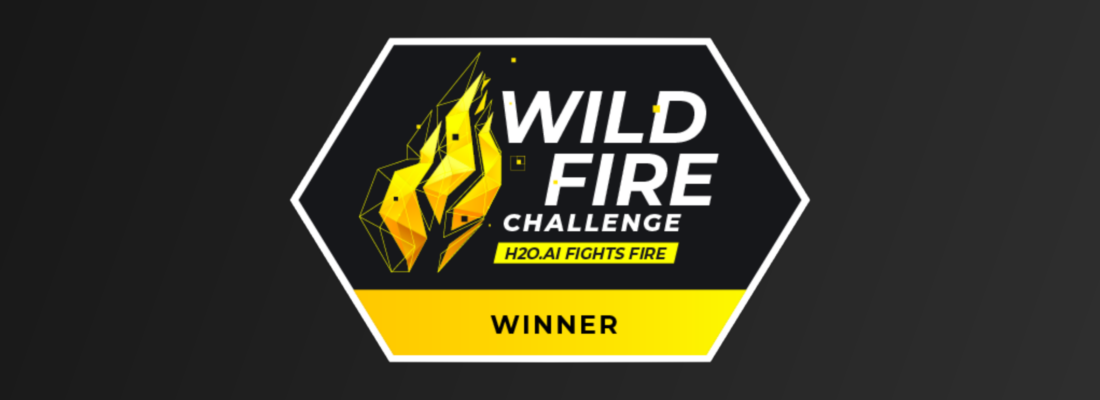The H2O.ai Wildfire Challenge Winners Blog Series - Team HTB


Note : this is a community blog post by Team HTB – one of the H2O.ai Wildfire Challenge winners. You can check out their app here .
The Challenge
The purpose of the challenge was to develop an AI application to improve the forecast of bushfires and wildfires, with the main aim of reducing the human losses that these phenomena can cause.
This application had to help in some way with the following:
- prediction of the behavior of wildfires
- prediction of where wildfires will start
- reduction of loss of life and property from wildfires
The challenge organizers provided the teams with an optional tabular dataset on different terrain conditions and wildfires that could then be used for the purpose of the challenge.
The Team
The HTB Team has Mediterranean roots, with two members being based in Italy and the other two in Spain:
- Chiara is a PhD Student and a Data Analyst working at the United Nations International Computing Center, with a background in Computer Engineering. Her biggest flaw is that she can’t sit still for more than five minutes: she enjoys playing flute in orchestra, undertaking exciting data challenges and taking long walks with her little dog.
- Enrico is a Software Engineer, helping to accelerate the energy transition with machine learning solutions. He has a strong passion for data science and he is a challenge lover. You can find him competitive programming or practicing Taekwondo at the dojo.
- Pablo is a Computer Scientist at heart, always thrilled to learn something new. You can find him playing the violin, reading fantasy books or saying yes to yet another ML project. (Still, feel free to contact him if you have an interesting project idea!)
- Akshay is a graduate student in Computer Science passionate about Machine Learning. He has worked on multiple projects ranging from Computer Vision to Natural Language Processing. You can find him in his free time in Kaggle, building Convolutional Layers and fine tuning models.
The Methodology
The methodology followed by Team HTB is also their motto: keeping solutions simple whilst maximizing efficiency. With this in mind and after careful consideration, they decided to deviate from the standard submission that could be expected and approached the challenge from a completely different perspective: a lightweight model (with its corresponding interface) to detect smoke in a given image or video. The motivation behind it was to create a tool that could be mounted over a camera in a forest and serve as an alert system for first responders in case of a fire.
To do so, the team employed the Wildfire Smoke Detection Dataset created by AI for Mankind, a dataset tailored for this specific problem. They then trained a lightweight object detection model known as YOLOV5s and finally built a web interface (H2O Wave ) on top of it to serve as a demo of both this model and the different functionalities that could be coupled with it.


Fig. 1 – On the left, a live image extracted from a camera. On the right, the outcome of the model prediction. From the app interface, it is possible to detect smoke in a given image.


Fig. 2 – Sequence of model predictions. The model draws a bounding box around the smoke and a confidence score specific to it.


Fig. 3 – Report section of the AI application. The application gathers statistics on the predictions and visualizes them in a table and a line plot, flagging the level of danger related to a specific area.
The Key Takeaways
There are several takeaways that the Team has found interesting throughout the duration of this project:
- The endless possibilities to use data and machine learning for good.
- The importance of making AI accessible to users of different backgrounds.
- How valuable being creative and finding new angles to the same problem is to the solution of a problem.
- How enriching it is to have a multicultural and multidisciplinary team and the impact it has on building a great solution.





